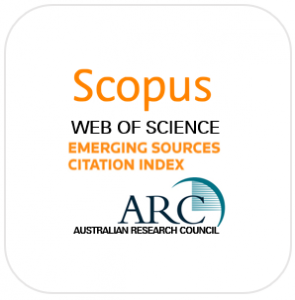To cite this article: Druce, S. C. 2016. Introduction to special issue. In Orality, writing and history: The literature of the Bugis and Makasar of South Sulawesi, ed. Druce, S. C. International Journal of Asia Pacific Studies 12 (Supp. 1): 1–5, http://dx.doi.org/10.21315/ijaps2016.12.s1.1
Excerpt
The Bugis and Makasar peoples are the two largest ethnic groups of South Sulawesi, Indonesia, numbering about 4 million and 1.7 million respectively. Many people think of them as sailors and adventurers who traded and settled throughout the Indonesian-Malay Archipelago. While this is true of some Bugis and Makasar, such activities were undertaken by a relatively small number of individuals and no earlier than the 17th century. As Christian Pelras (1996: 3–4) remarks, the Bugis have long “been among the most imperfectly known of the Insulindian peoples,” while the Makasars have been identified mainly with inhabitants of the port city, Makassar. However, most Bugis and Makasar are farmers, and for centuries the organised cultivation of wet-rice has played a central role in their economic and cultural lives. The Bugis and Makasar did not convert to Islam until the early 17th century, and while Islam is an important part of their cultural identity, both groups have retained significant elements of their indigenous, pre-Islamic heritage. Both also have a rich literature, some of which contains historical information dating from about 1400 CE and records the development by these two Austronesian-speaking peoples of large agrarian kingdoms based on indigenous cultural and political precepts.
Download

